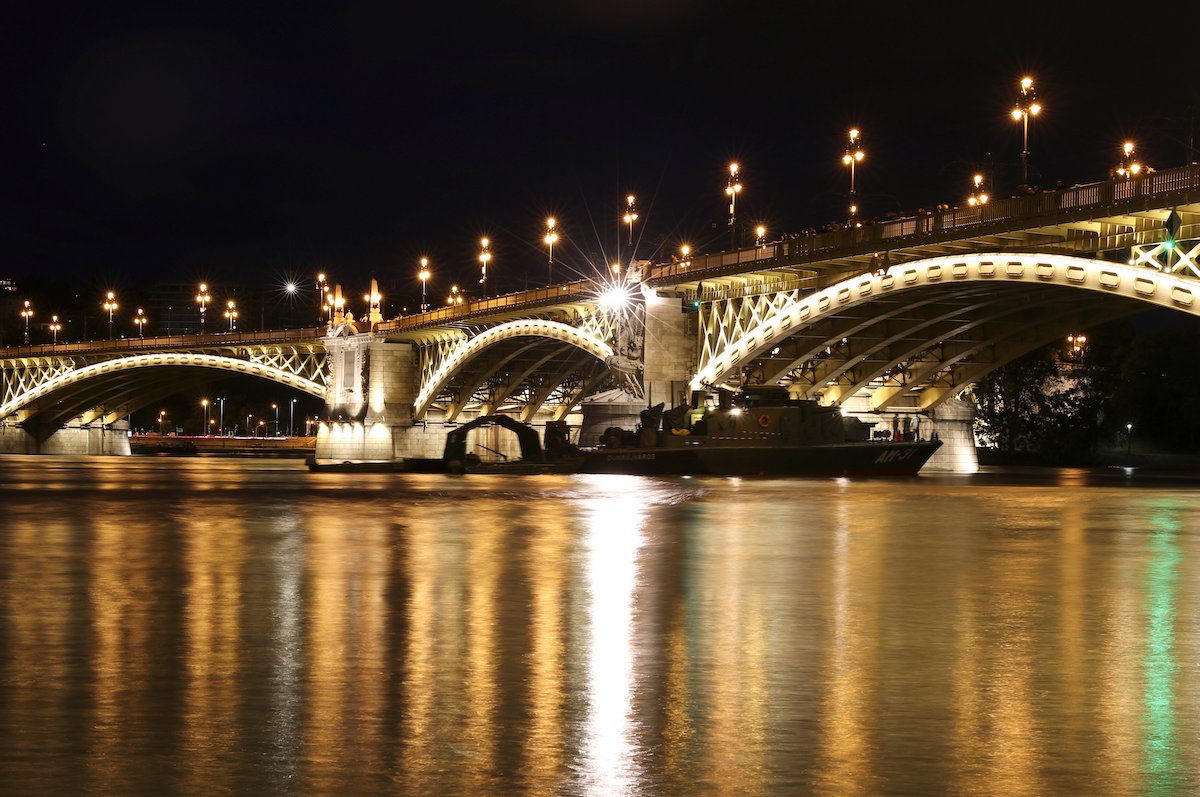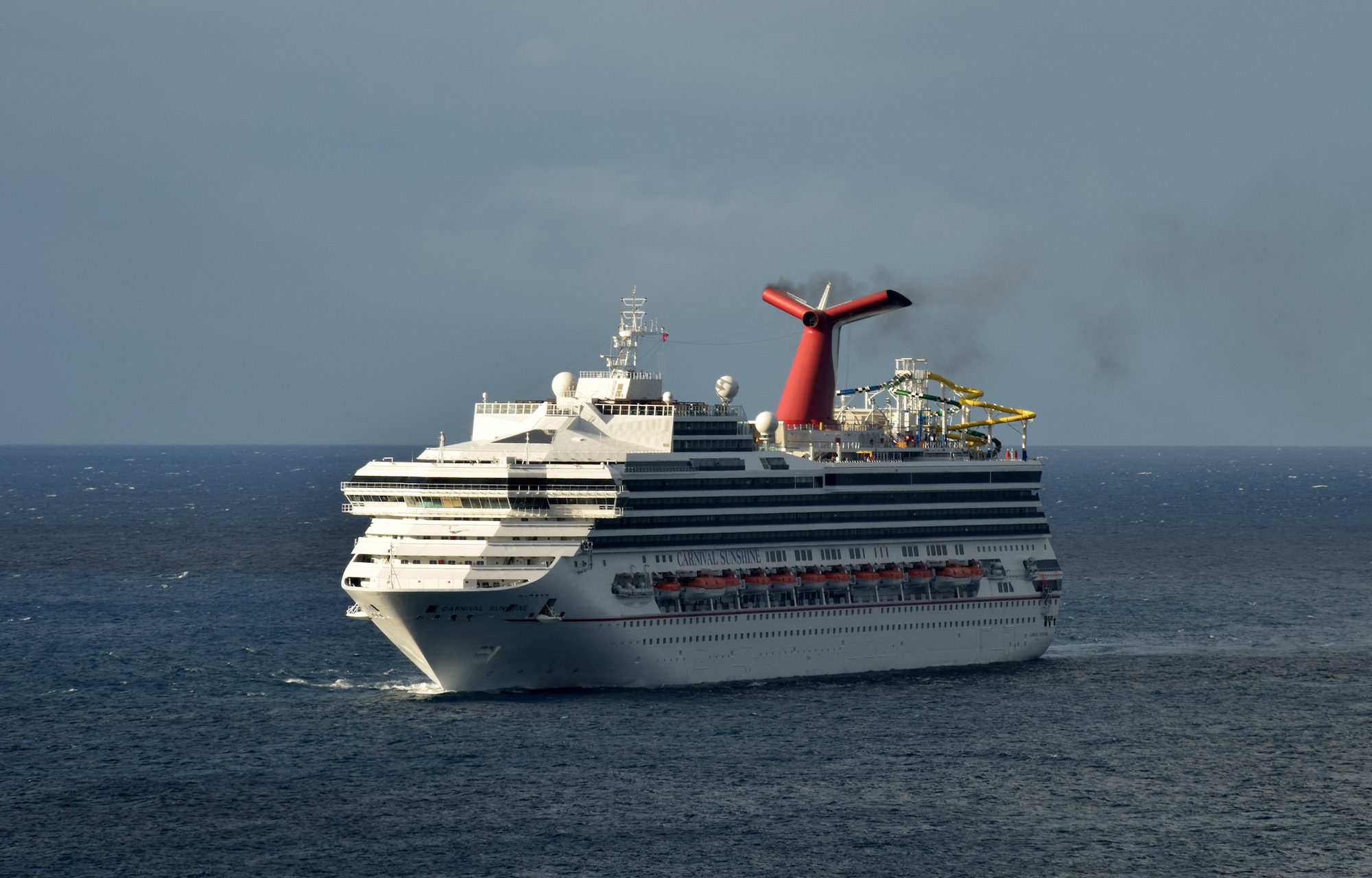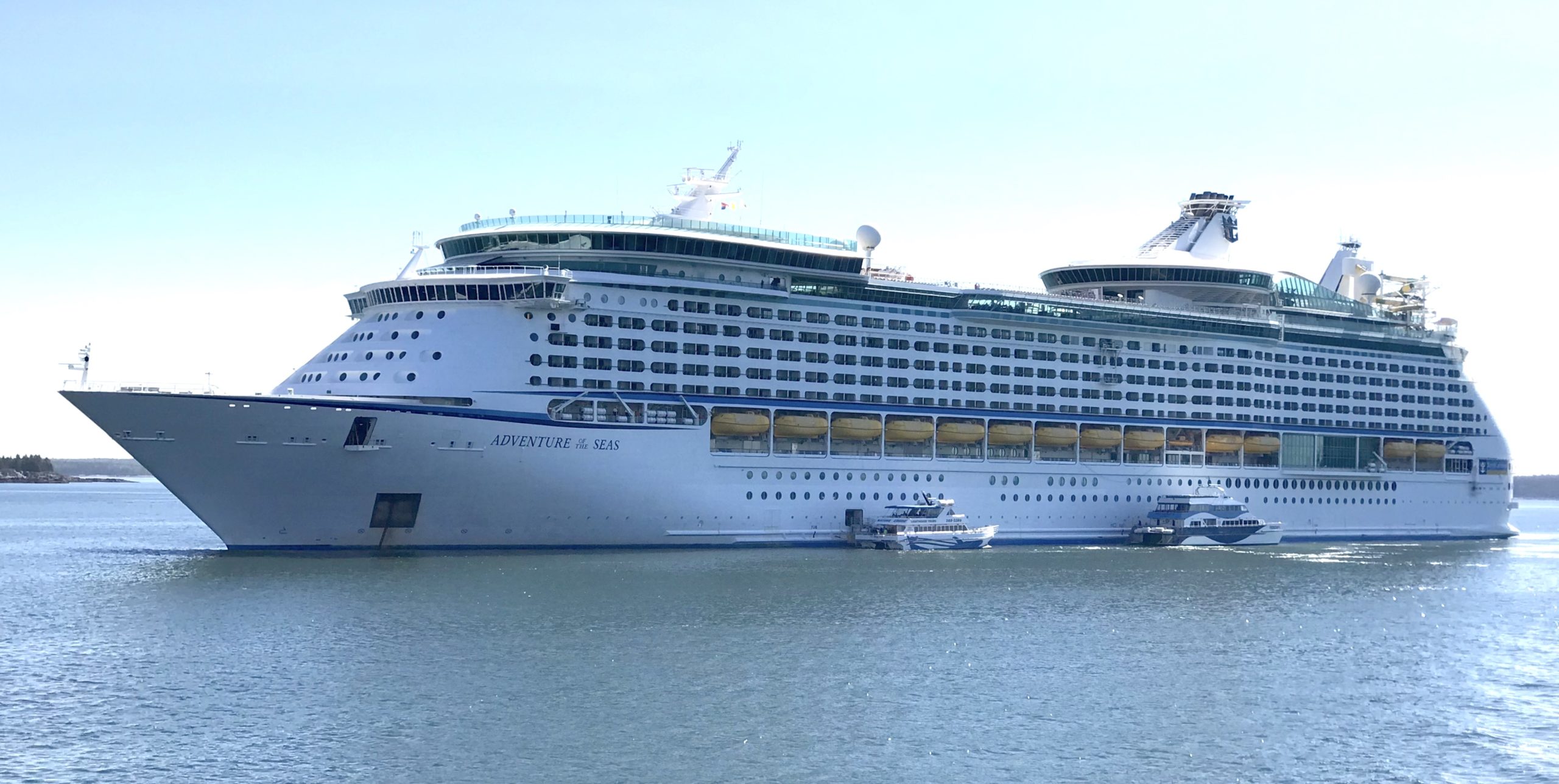The 62-guest National Geographic Sea Lion is perfectly sized to explore remote, wild places inaccessible to large ships.
by Fran Golden (Bloomberg) –Adventure cruise operator Lindblad Expeditions thinks it’s cracked the code for safe cruising during a pandemic: Shelter passengers in a moving bubble of protection from viruses, prestart to finish.
Chief Executive Officer Sven Lindblad says guests would not only travel together but also quarantine in the same hotel—isolating for long enough to get two negative Covid-19 tests per passenger before departure. The company hopes to restart cruises in Antarctica as soon as November.
Lindblad is not the first cruise line to begin operations again, but it’s the most thorough in its approach. In mid-July, Norway’s Hurtigruten thought it had the magic ticket to return to sailing safely, only to have its public-health procedures immediately break down. After two weeklong, 400-passenger sailings to the Arctic, dozens of crew and guests tested positive for the virus.
READ: First Med Cruise Ship Departs Since COVID-19 Outbreak
MSC Cruises, meanwhile, returned to the Mediterranean Sea on Aug. 15, having required all of its travelers to undergo an antigen swab test directly before boarding. How that pans out remains to be seen.
As a purveyor of expedition travel, Lindblad is especially well-positioned to make its virus-free bubbles work. Its fleet of 10 small ships focuses on underpopulated, naturally pristine places, minimizing (or even eliminating) the need for human interaction at its various ports of call.
Constructing the Cruise Bubble
This is Lindblad’s plan: Say the Smiths, party of two, want to go on a once-in-a-lifetime cruise to see penguins, whales, and icy landscapes in Antarctica. They book a trip on the new, 126-passenger National Geographic Endurance—a cutting-edge vessel noteworthy for its smooth ride, fuel efficiency, and reduced emissions.
Five days before they leave their home in the U.S.—for logistical reasons, the cruises will only be available to Americans at first—the Smiths will be required to have a PCR nasal swab test at a facility in their hometown, chosen with Lindblad’s help if necessary. Assuming their result is negative, they’d then travel to a jumping-off point somewhere in the 48 contiguous states, where, upon arrival, Lindblad would issue another Covid-19 test (either PCR or the quicker-but-less-reliable antigen test, depending on local turnaround times).
Their noses sufficiently prodded, the Smiths would spend a mandatory night at a designated hotel, where Lindblad would reward them with room-service dinner, allowing them to quarantine from their fellow travelers while they await next steps.
Having the second test before joining the group eliminates false negatives, says Dr. David Lorber, Lindblad’s consulting physician. And quarantining in between the two tests means anyone who does have the virus would not have interacted with other passengers. (Infected passengers would be sent home and likely refunded, though details are still being finalized.) Although it’s possible that someone could get a false negative on the second test and/or contract the coronavirus en route to the departure city, Lorber’s probability modeling shows it to be unlikely.
With their health clearances in order, the Smiths would ride in a carefully sanitized van to join their fellow vacationers on a private charter flight to Ushuaia, Argentina, where their ship to Antarctica awaits. Costs would be mostly unaffected by the privatized flights, which will average out to the same price as commercial or just slightly higher. Every aspect of the group’s travel would be tightly controlled, including by the Argentine government, which will have to open its borders to Americans for the trips to proceed.
All the same protocol would apply to the crew. “Any break, a crew member just zipping into a drugstore to pick up some shaving cream, that’s all it’s going to take,” Lorber says. “You can’t have that.”
Onboard Changes and More Testing
Lindblad’s ships will sail at about 80% capacity—the volume determined by them appropriate for social distancing.
Still, the Smiths would be required to wear masks in public areas and when out exploring on Zodiacs (but not while paddling single or double kayaks). Some shipboard facilities would be closed, such as the buffet, hot tubs, and infinity pools. Dining, gym access, and visits to the bridge to hang out with the officers would be staggered. In addition to strict housekeeping standards, the facilities would literally clean themselves; Lindblad has coated its ships with ACT CleanCoat, a veneer that automatically breaks down microbes and allergens on contact.
There would be a physician on board and likely a nurse, too. And each day, guests and crew would be required to undergo temperature checks and fill out health questionnaires.
“You can count on everybody saying, ‘Joe, the waiter was coughing this morning,’ or you can ask Joe to fill out a form every day and make sure he isn’t coughing. But you want to encourage both,” Lorber says. Those with symptoms would be tested and, if the results are negative, tested again within a 48-hour period, using tests that can be analyzed right in the guest’s room.
At some point during the voyage, which could last anywhere from two weeks to 35 days and start from $15,000 per person/double occupancy, guests would likely receive at least one more round of testing—with any positive results sending the guest and their close contacts into dedicated quarantine cabins.
Lindblad is still preparing for a worst-case scenario. As such, its ships will be equipped with a ventilator that the staff doctor will be trained to operate, and a medical evacuation plan—currently being developed by the International Association of Antarctic Tour Operators (IAATO)—will include prearranged agreements with local hospitals.
Of course, in Antarctica, there’s no such thing: Once you’re beyond the Drake Passage, the only air ambulance is from King George Island to Punta Arenas, Chile. In the event of a large outbreak, the ship would have to turn back.
No Local Contact
Staying away from people is easy in Antarctica. The only human interaction might come at research stations, which Lindblad used to include on weather-permitting trips. Now the company is planning not to visit them until scientists agree or the pandemic fully subsides.
In other destinations where Lindblad soon hopes to again operate its 48- to 148-passenger ships, such as Baja, Mexico, the Galápagos Islands, and Tahiti, civilization would be avoided—which flies in the face of some of the line’s sustainability goals.
“It’s a conundrum,” says CEO Lindblad. “We want to provide [local communities] with some economic value.” Selling local artwork shipboard may be one way, he says; other ideas are under development.
These workarounds will likely be necessary well into 2021. Even if there’s a vaccine, it wouldn’t be 100% effective, explains Lorber.
And yet, about 40% to 45% of the company’s past guests have indicated they’re ready to cruise again. Says Lindblad: “I think there will be an acceleration of interest in places that are remote. That just naturally feels safer to people. Bouncing around big cities, not so much.”
Unlock Exclusive Insights Today!
Join the gCaptain Club for curated content, insider opinions, and vibrant community discussions.

 Join The Club
Join The Club













